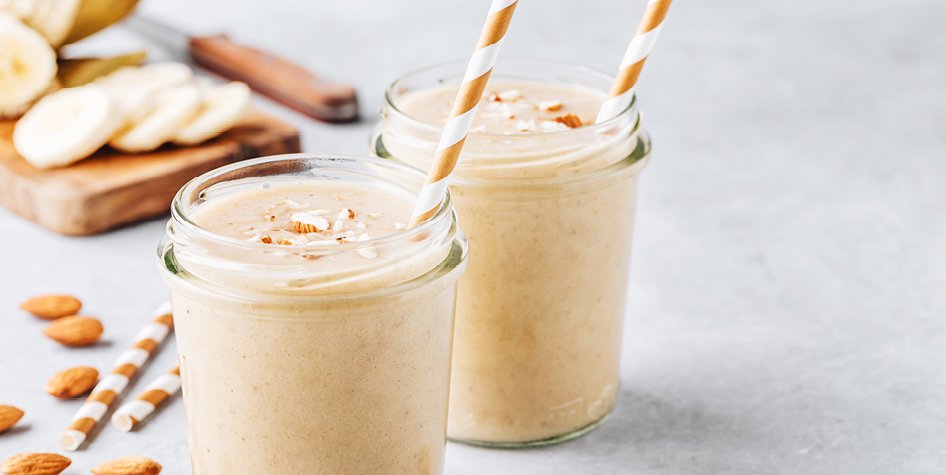How to transition away from breakfast cereal
The following article has been written by Bel from The Root Cause.
It’s often said breakfast is the most important meal of the day because it breaks the fast our body has been on overnight. Breakfast recharges glucose to our body and this boosts our energy. It’s our energy that helps keep us alert and focused. This is why breakfast is especially important for school children.
Studies show that eating breakfast improves memory and attention, with an overall positive effect on cognitive performance.
We have access to a vast array of ready-made breakfast cereals, however, some of these sadly do little to support our body and brains.
Consumer Advocacy Group, Choice, did a review of 170 common breakfast cereals and a quick analysis of their data indicates:
92% of cereals reviewed contain more than 1 teaspoon of sugar per serve (about 40g)
a whopping 75% contain sodium (salt) above the amount recommended as best for an adult by the Heart Foundation (<=120mg per 100g)
additives were not factored into this review.
Based on the review completed by Choice, it would appear that in Australia, many of our breakfast cereals are bordering on the sweet indulgence side. Please note, this article is really about raising awareness. If you wish to move to a more nutritious breakfast made with whole food ingredients, then you may wish to use this method to transition your family away from ready-made breakfast cereals.
Transitioning -v- Cold Turkey
Unless there is a critical health issue at play, I always suggest transitioning in any changes to the way you eat. Transitioning involves making small consistent changes over a longer period of time. When you do this, it’s far more palatable for your family and more likely to become a way of life.
But of course, if you’re up for the challenge of changing from breakfast cereal cold turkey, then by all means go for it.
The transition technique
Whenever I want to change the way my family is eating, I use a technique called Adding in and Crowding out:
Give them what they like
Add in what you want
Over time crowd out what you don’t want and keep giving them what you do want them to have but in smaller amounts.
This technique allows you to introduce changes largely unnoticed.
This is a great article that explores the Add in, Crowd Out Technique in relation to eating out.
The ‘how to’ transition steps
1. Boost / add nutrition
In this step, you keep giving them what they want – the cereal, but you add in some extra nutrition. For example:
Skip adding honey or sugar and top cereal with fresh fruit.
Add nuts and or seeds (pepitas, sunflower, chia, flax) to boost good fats and protein.
Reduce the amount of cereal and serve it with a nourishing smoothie. I use this recipe when I’m allowing our kids to have cereal or crumpets.
2. Add in a non-cereal one day a week
Make one day a week a non-cereal day. Choose foods your kids like and have them on the non-cereal day. Make the day special. Here are some ideas:
it’s Monday, kick off the week with pancakes
it’s Wednesday – Hump day – celebrate making halfway through the week by having homemade muesli with homemade banana ice cream (frozen bananas blended up to a creamy ice creamy consistency)
it’s Friday, have fun for the last day of the week with homemade baked beans on sourdough.
3. Add in another non-cereal day
After a few weeks of having one day a week without breakfast cereal, add in another non-cereal day. Approach it similarly to step two. Make the day special by talking up the breakfast option.
4. Change up the cereal you’re eating
Go at a pace that works for your family. When you think they’re ready, take a closer look at the cereal you’re having.
Ask yourself “What’s in my food?” and read the label.
Are you happy with the ingredients? If not, find a better alternative, then start ‘adding and crowding out’ the cereal choice. For instance, if you’re used to having packet muesli loaded with sugar, you could make up your own muesli (see this recipe). When serving breakfast, add in some of your homemade muesli with the packet muesli. Over time, reduce the amount of store-bought muesli and increase your homemade muesli.
5. Keep adding in non-cereal days and changing up your cereal
Once you’re on a roll, don’t stop. Keep adding in more non-cereal days and changing up the cereal so it’s more nutritious.
6. Set boundaries
Kids being kids, are likely to want to keep having cereal. Be sure you have a clear position on what you want to happen if they have cereal. For instance, our kids know their boundary is that if they want cereal (or crumpets), they must first have a nutritious smoothie before they can have the cereal. The beautiful thing about this boundary is that quite often after the nourishing smoothie, they do not need much cereal. Sometimes Rilien (our 10-year-old son) decides he doesn’t even want his cereal because he’s full.
Non-cereal ideas
Eggs – so many options here – boiled, fried, scrambled, poached, baked, etc
Smoothies
Sourdough toast – toppings include avocado, tomato and cheese, homemade baked beans, spag, or savoury mince
Vegetable platter with fruit and nuts
Sauteed vegetables
Halloumi with vegetable sides
Pancakes with yoghurt, fruit, and nuts
Homemade muesli with yoghurt, fruit, and nuts
Porridge (use rolled oats not quick oats) topped with fruit and nuts
Leftover dinner
To help to empower your kids to make better food choices, join Bel over at https://therootcause.com.au or follow her at Facebook or Instagram.



